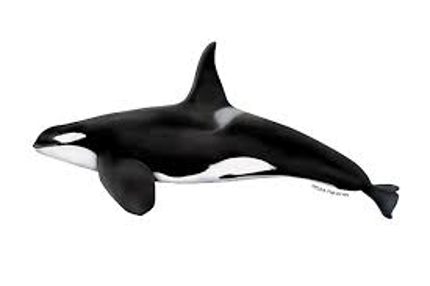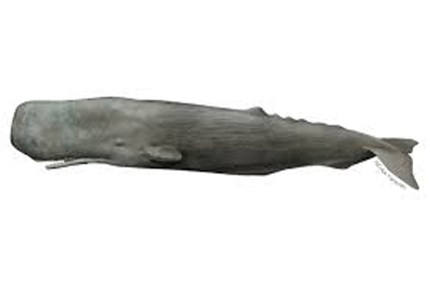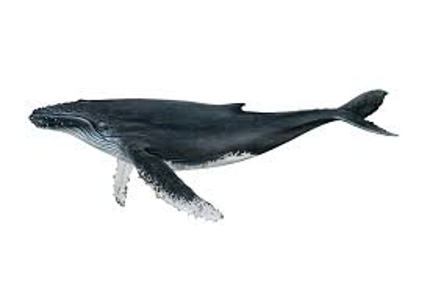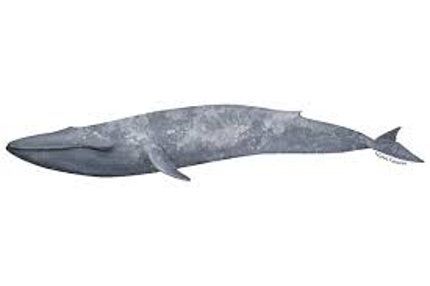The Arctic Ocean, is the northernmost of the world's five oceans. It is a marginal sea of the Arctic Ocean and extends around the North Pole, surrounded by the coastal countries of Russia, Norway, Canada, Denmark (due to Greenland) and the United States (Alaska).
This body of water is of crucial importance for understanding climate change and has a unique ecology and geopolitical significance. The Arctic Ocean is known for its extensive pack ice, which covers almost the entire sea in winter and melts and partially disappears in summer. This sea ice is an important indicator of climate change, as it has declined drastically in recent decades due to rising temperatures and the increased greenhouse effect.
Numerous animal species live in the region, including polar bears, seals, whales and many species of fish. During your sailing trip on the
Antigua, you will enjoy unforgettable experiences provided by Mother Nature. One of these beauties is undoubtedly the discovery of the impressive whales that live in the Arctic waters. From the famous orcas to the humpback whale, they all swim under the keel of the Antigua.




